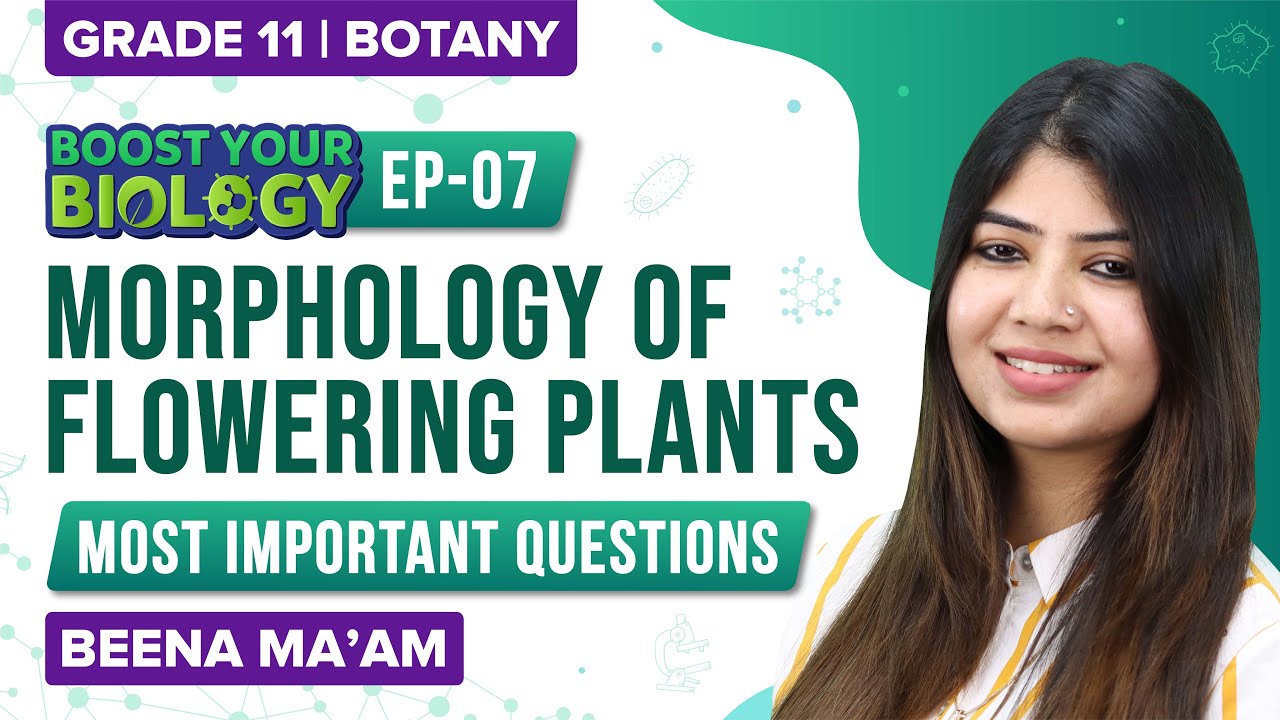Leguminosae is also known as the pea family. It is also called Fabaceae. Plants are commonly known as legumes. It comprises flowering plants, i.e. angiosperms. They are widely distributed all over the world. It is the third-largest plant family with more than 20000 species belonging to 765 genera. They include herbs, shrubs and trees.
Classification
|
Kingdom |
Plantae |
|
Subkingdom |
Tracheobionta |
|
Superdivision |
Spermatophyta |
|
Division |
Magnoliophyta |
|
Class |
Magnoliopsida |
|
Subclass |
Rosidae |
|
Order |
Fabales |
|
Family |
Fabaceae / Leguminosae |
Leguminosae is a family of flowering plants, therefore it is put in the division Magnoliophyta that contains all angiosperms (flowering plants). It comes under the class Magnoliopsida that has all dicotyledonous plants, i.e. possessing two cotyledons. Monocotyledons are placed in the class Liliopsida.
Characteristics
It is commonly called the pea or bean family. It comprises dicot plants. Some of the important and common characteristics of plants belonging to the Leguminosae family are following:
- They are herbs, shrubs or trees.
- The root contains root nodules, which is the distinguishing feature of legumes. Symbiotic nitrogen-fixing bacteria are present in the root nodules.
- The stem is woody, erect or herbaceous. They are also climbers.
- Leaves are alternate and simple or compound. Compound leaves are pinnately compound.
- Leaves are stipulate and have swollen (pulvinate) leaf bases. They have reticulate venation.
- The inflorescence is a racemose type, i.e. the main axis does not end in the flower and continues to grow indefinitely.
- Flowers are generally zygomorphic, i.e. having only one vertical plane of symmetry (bilateral symmetry).
- Flowers are generally bisexual or hermaphrodite, i.e. they have both male and female reproductive parts in the same flower.
- Flowers are pentamerous (5 floral appendages) and hypogynous, i.e. with a superior ovary.
- Sepals are five in number and joint, i.e. gamosepalous. The arrangement of sepals (aestivation) is valvate or imbricate.
- Petals are five in number and are free, i.e. polypetalous with vexillary aestivation. They are called papilionaceous.
- Stamens are diadelphous, i.e. united and found in the bundle of two. They are ten in number. Anthers have two compartments, i.e. dithecous.
- Gynoecium or the female reproductive part, comprises only one carpel, i.e. monocarpellary. The ovary is superior, unilocular and has multiple ovules.
- The fruit is a legume, the distinguishing feature of the Leguminosae family. Seeds are non-endospermic.
Examples
Legumes are a very important part of our food. They are sources of pulses, edible oil, medicine, fibres, fodder, ornaments, etc. Some of the common examples are:
- Pisum sativum (pea)
- Phaseolus (beans)
- Glycine max (soybean)
- Arachis hypogaea (peanut)
- Glycyrrhiza glabra (liquorice – Mulethi)
- Cicer arietinum (chickpeas
- Medicago sativa (alfalfa)
- Vicia faba (broad bean)
- Cajanus cajan (Pigeon pea – Arhar)
This was all about Leguminosae. Learn more about other related concepts for NEET, only at BYJU’S.
Recommended Video:
Morphology of Flowering Plants Class 11 Biology | NEET Important Questions | NEET 2022 Exam

Also Check:
Comments